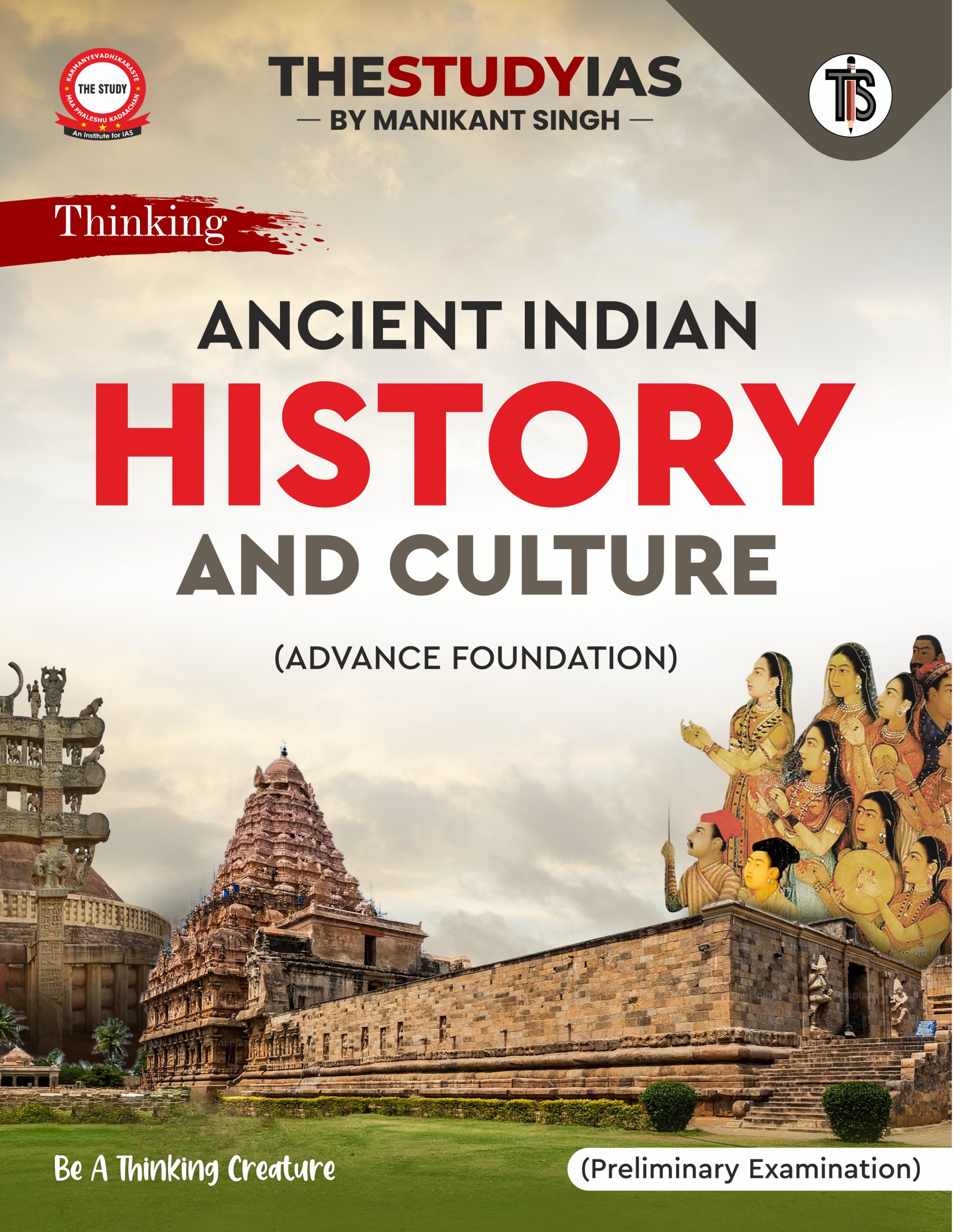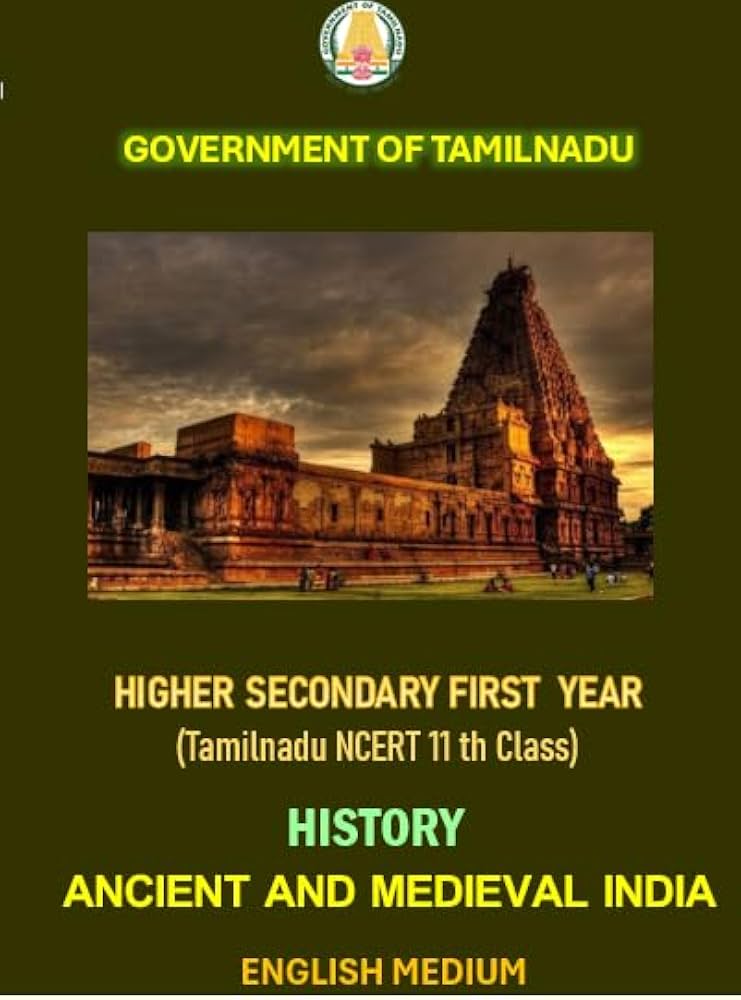Ancient Indian History: Top 5 Reference Books
Explore the 5 best books for Ancient Indian History for UPSC Prelims, Mains, and Optional. Build strong concepts and ace your preparation strategically.
Introduction: Books for Ancient Indian History
Ancient Indian History is a crucial segment of the UPSC syllabus, forming an integral part of the Prelims, General Studies Paper I, and History Optional Paper I. Over the years, this section has seen a gradual shift from factual questioning to analytical and theme-based evaluation. Aspirants are often left asking—What are the best books for ancient Indian history? The reality is that no single book can cater to all layers of UPSC preparation. Instead, a curated combination of reliable sources builds a complete understanding.
Here is a well-researched list of the top 5 reference books for Ancient Indian History, widely recommended by toppers, experts, and institutions, along with guidance on how best to use each one.
1. Ancient History (Basic to Advance) – The Study IAS by Manikant Singh

This specially curated set of books is authored and designed by The Study IAS under the expert guidance of Manikant Singh Sir, one of the most experienced and respected names in the field of History for UPSC.
These books follow a comprehensive, topic-to-topic and subject-to-subject interlinking method that reflects the exact pattern UPSC has followed in recent years. The approach ensures that aspirants understand not just isolated events, but the continuity and change in political, economic, and cultural life over centuries.
Thousands of aspirants across India have benefitted from this resource, especially for building optional-level command while strengthening GS Mains and Prelims coverage.
Use it for:
-
History Optional Paper I
-
GS Mains Paper I
-
Conceptual clarity from basic to advanced level
Best for:
-
Interconnected learning
-
Holistic understanding
-
Both beginners and advanced learners
2. Ancient History by RS Sharma (Old NCERT)

Perhaps the most widely read textbook for UPSC, “Ancient India” by RS Sharma (Old NCERT) is a classic. Its simple yet informative language makes it perfect for beginners. The book offers chronological clarity, rich descriptions, and a good balance between political, economic, and social aspects of ancient India.
Topics like the Harappan Civilization, Vedic culture, Mauryan polity, post-Mauryan developments, and the rise of Buddhism and Jainism are explained in a manner that’s both easy to grasp and useful for factual retention.
Given its accessibility and relevance to factual portions of the UPSC Prelims, it remains the top search result under “ancient history by RS Sharma”—and for good reason. It forms the core reading material for every serious aspirant.
Use it for: UPSC Prelims, GS Paper I, and as a base for History Optional.
3. India’s Ancient Past by RS Sharma (New NCERT)
An upgraded version of the Old NCERT, “India’s Ancient Past” also authored by RS Sharma, offers more refined content and updated insights based on new archaeological and historiographical findings. This book is especially relevant in the context of UPSC Mains, as it attempts to connect themes and processes across time.
The chapters are structured with clear learning objectives and also focus on cultural and regional diversities. It covers philosophical schools, art and architecture, gender roles, and the evolution of state systems in more detail compared to the Old NCERT.
Though not as widely cited in Prelims-specific material, it is extremely helpful in building a solid academic base and moving toward analytical answers.
Use it for: GS Mains, advanced reading after Old NCERT.
4. Ancient Indian History by Upinder Singh

For those preparing for History Optional or looking to develop scholarly insight into ancient Indian society, Upinder Singh’s “Ancient Indian History” is indispensable. The book goes beyond just events and rulers—it explores archaeological data, inscriptions, and academic debates, which are vital for framing nuanced answers in Mains and Optional papers.
It discusses historiography in detail and brings in multiple perspectives—environmental, gender-based, regional, and cultural. However, due to its academic tone and depth, this book may not be suitable as a starting point.
Despite having relatively low search volumes (as seen under “ancient Indian history by Upinder Singh”), it remains a favorite among serious Optional candidates.
Use it for: History Optional Paper I, GS Mains enrichment, historiographical debates.
5. Tamil Nadu Class 11 History Book

This may come as a surprise, but the Tamil Nadu State Board Class 11 History textbook is widely regarded as a goldmine for quick and clear factual content, especially for UPSC Prelims. Its straightforward presentation, focus on key facts, and crisp layout help aspirants reinforce foundational knowledge.
Topics such as prehistoric cultures, Harappan civilization, Vedic literature, and the Sangam Age are dealt with in an extremely digestible format. The book doesn’t overwhelm the reader with academic jargon, making it ideal for revision in the final weeks before the Prelims.
It’s also available freely online in PDF format, making it accessible for all aspirants. Within the larger pool of ancient Indian history books, this one serves as a quick-reference companion.
Use it for: Quick Prelims revision, fact reinforcement, and beginners.
Ancient History of India by Bipin Chandra ? – The Confusion
A large number of aspirants still search for the “ancient history of India by Bipin Chandra”, but it’s important to clarify that Bipin Chandra did not author any book solely on ancient Indian history. His contributions focus largely on Modern Indian History, such as the widely used “India’s Struggle for Independence.”
However, some publication houses misleadingly bundle his name into compiled volumes that touch upon ancient topics. These versions often lack authentic editorial control and may not match UPSC standards. Aspirants are strongly advised to verify the author and publisher before relying on any such resource.
So while his name remains popular, Bipin Chandra is not recommended for Ancient Indian History preparation.
Use instead: RS Sharma and Upinder Singh for authentic ancient history material.
How to Strategically Use These Books
Reading all five books cover-to-cover may not be practical, especially under time constraints. Here’s a smart reading plan:
- Step 1: Begin with RS Sharma’s Old NCERT or Tamil Nadu textbook to build your basics.
- Step 2: Move to India’s Ancient Past for concept enhancement.
- Step 3: Refer to Upinder Singh selectively—especially for Optional or enrichment of Mains answers.
- Step 4: Avoid unverified compilations or books wrongly attributed to Bipin Chandra.
- Step 5: Create your own topic-wise notes, combining key points, timelines, maps, and analysis.
Also, regularly solve Previous Year Questions (PYQs) to identify areas from which UPSC frequently asks. The pattern clearly shows a mix of culture, polity, and economy, especially in GS Mains and Optional.
Conclusion
The path to mastering Ancient Indian History for UPSC is less about reading every available book and more about choosing the right combination. A strong foundation with RS Sharma, complemented by thematic depth from Upinder Singh and factual clarity from Tamil Nadu books, forms a balanced preparation strategy.
While many still look for “ancient history of India by Bipin Chandra”, it’s wiser to invest time in authentic and focused sources. Tailor your reading to your exam stage—Prelims, Mains, or Optional—and integrate your learnings with regular answer writing.
With consistency and the right resources, Ancient History can turn from a daunting subject into a scoring one.
Subscribe to our Youtube Channel for more Valuable Content – TheStudyias
Download the App to Subscribe to our Courses – Thestudyias
The Source’s Authority and Ownership of the Article is Claimed By THE STUDY IAS BY MANIKANT SINGH



